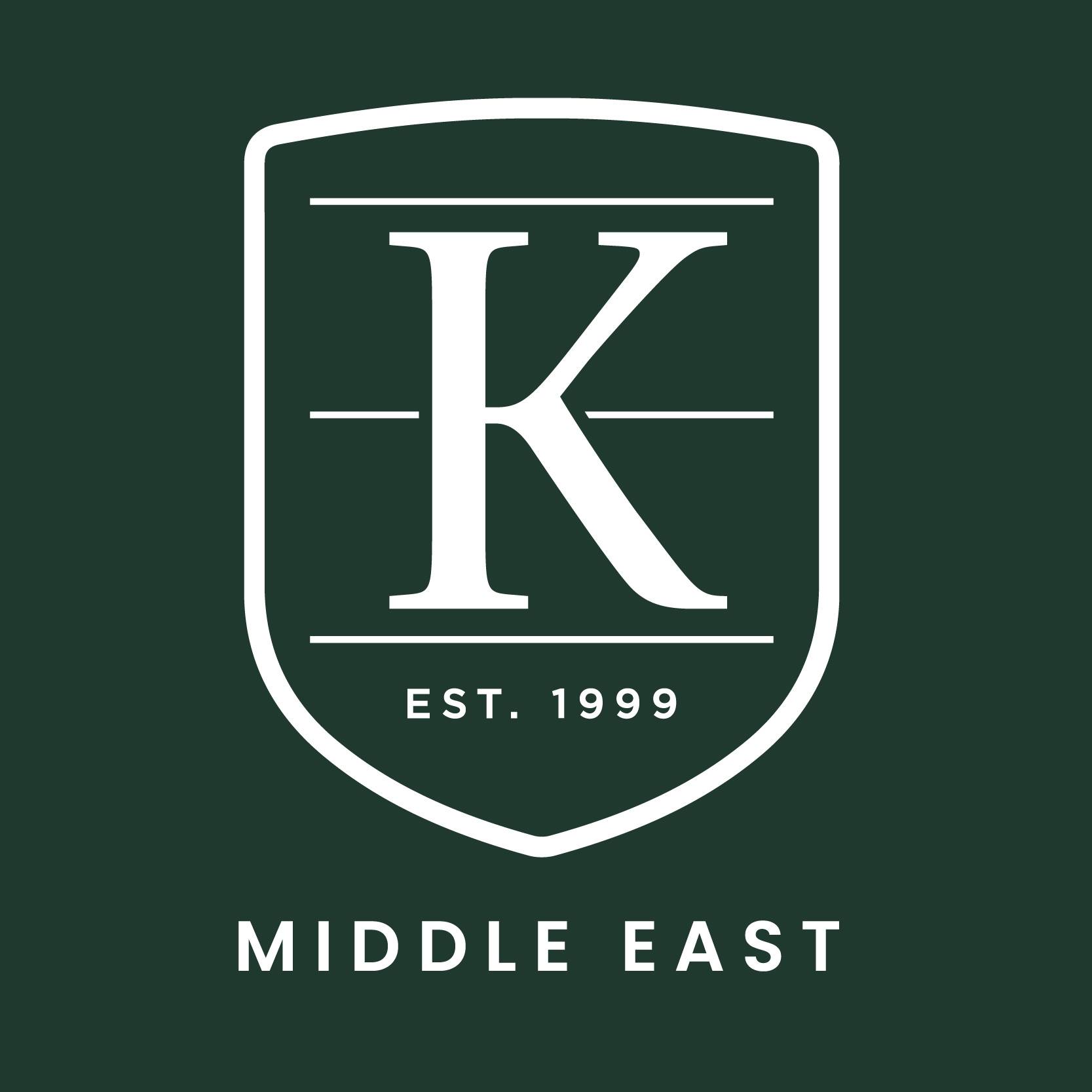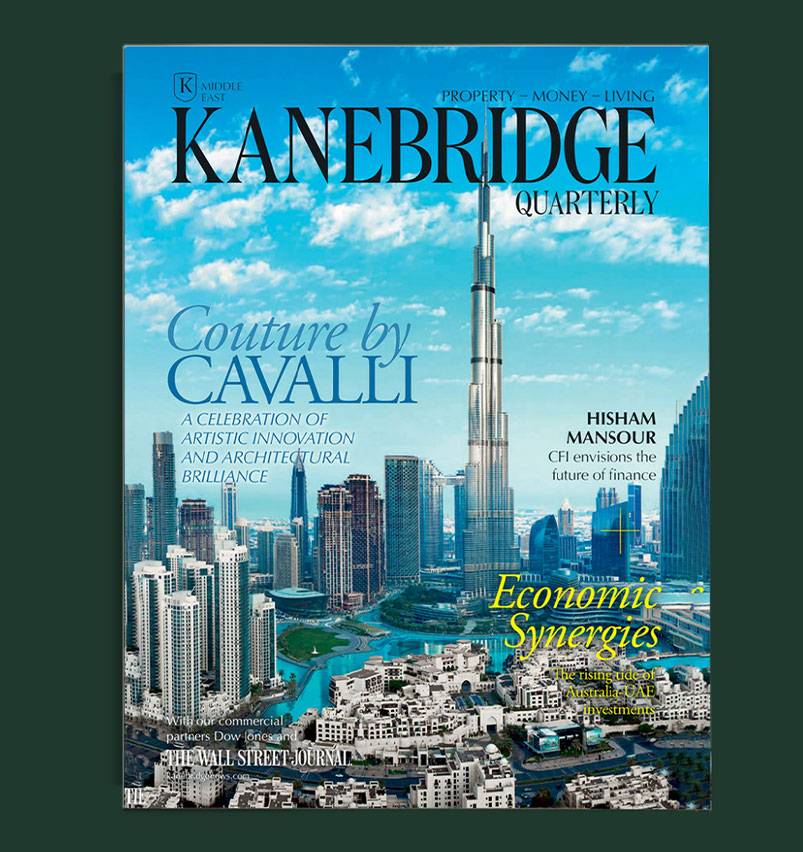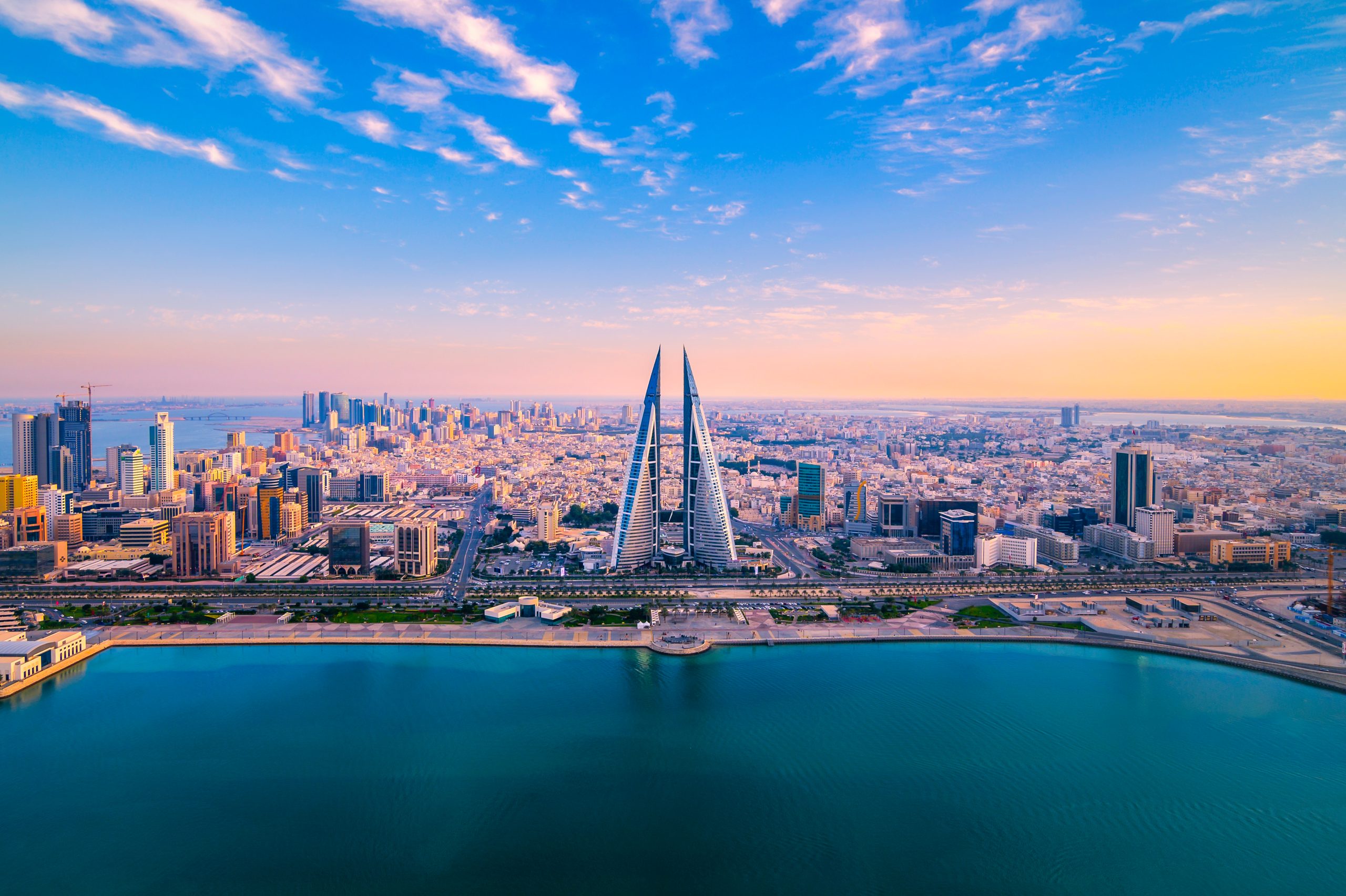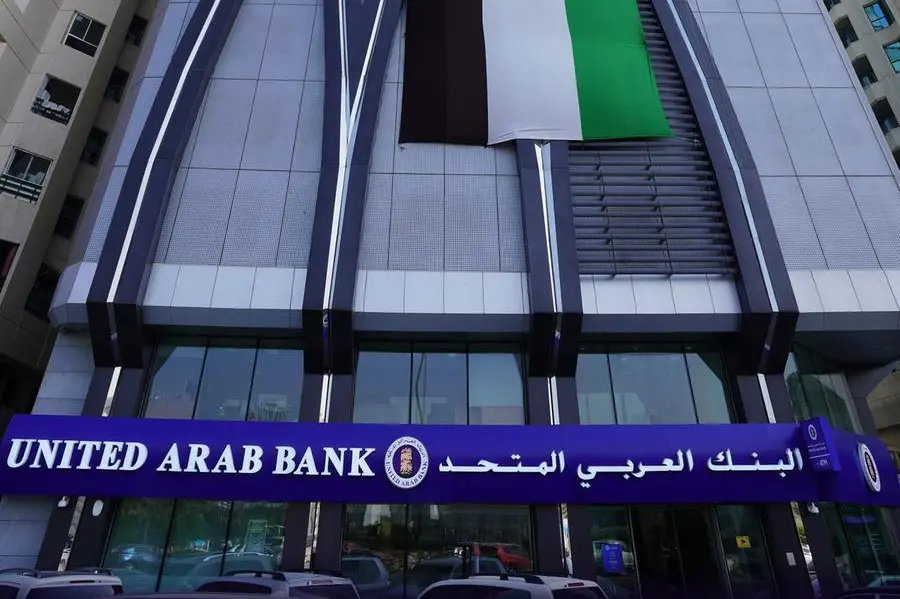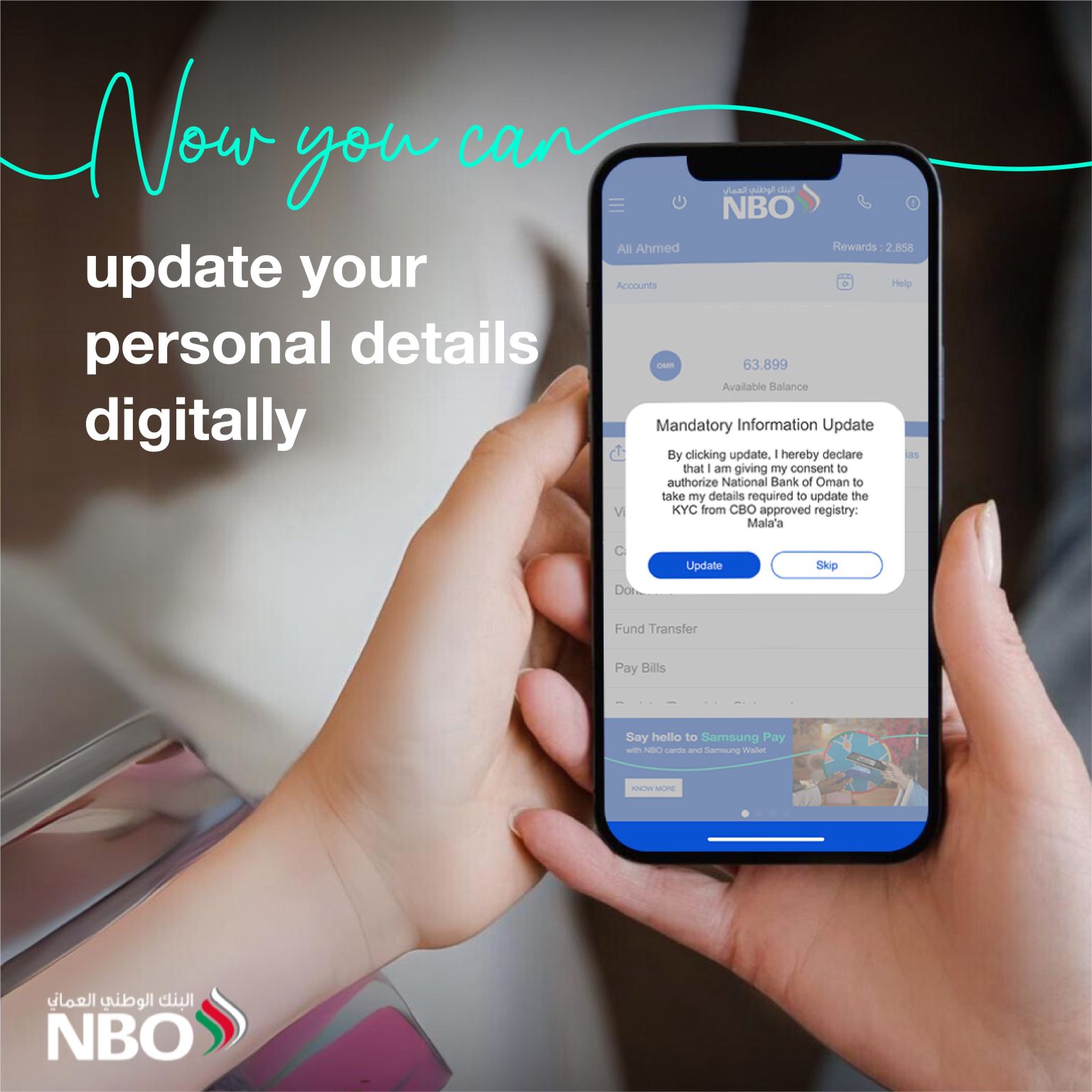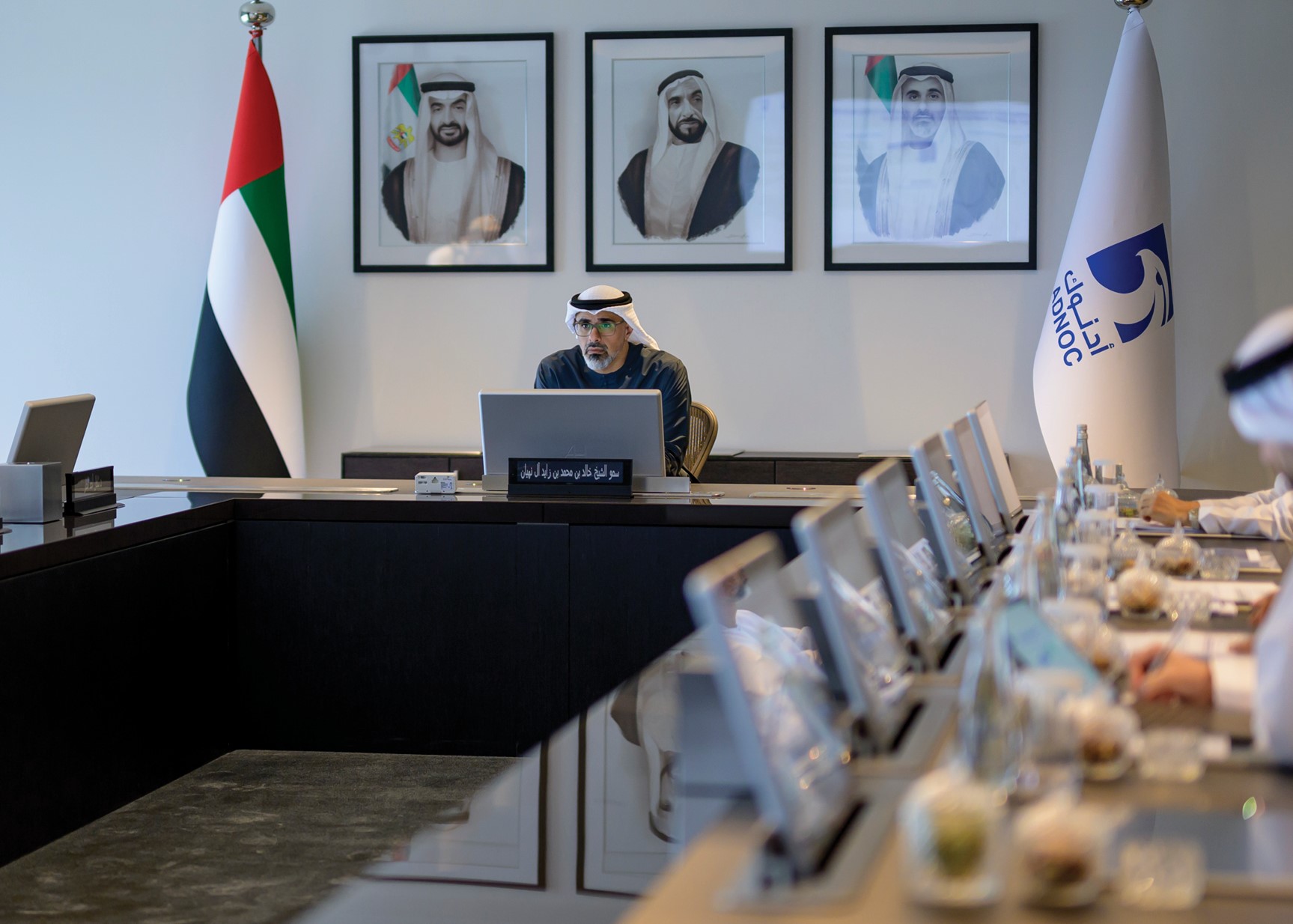15 STOCKS TO BUY AROUND THE WORLD, FROM OUR INTERNATIONAL ROUNDTABLE EXPERTS
With wars raging again in Europe and the Middle East, and U.S.-China tensions on the boil, the political order that underpinned markets for decades is under serious threat. So, too, is the financial order, as the U.S., Europe, and even Japan exit the zero-interest-rate era, and the U.S. and China face deteriorating fiscal health. In other words, after years of relative peace and prosperity, seismic changes could lie ahead. That is an opportunity for investors.
What to do now? Barron’s sought the advice of four of the savviest market watchers we know, who took us on a virtual global tour of investment hot spots in a Nov. 3 roundtable discussion held on Zoom, and in follow-up conversations. From the bull market unfolding along the Istanbul-to-Jakarta axis to the economic liberalisation taking place in parts of Latin America and the Middle East, our roundtable panelists see reasons to cheer the global transformation under way, notwithstanding some painful dislocations. They also see plenty of well-positioned companies around the world with irresistibly priced shares.
Our international experts include Joyce Chang, chair of global research at J.P. Morgan; Louis-Vincent Gave, co-founder of Hong Kong-based Gavekal Research; Matthew McLennan, co-head of the global value team at First Eagle Investments, who oversees $86 billion; and Rajiv Jain, chairman and chief investment officer of GQG Partners, which manages $107 billion.
An edited version of the roundtable discussion follows.
So far, the war in the Middle East hasn’t ruffled U.S. investors. Why is that?
Louis-Vincent Gave: Most actors in the region have been busy trying to de-escalate. Perhaps that is why the markets have brushed this off, as horrible as the events have been. Also, the days when the Arab world would embargo oil to Europe or the U.S. [because of their support for Israel] are over, as about 75% of oil exports from Saudi Arabia, Iran, and the United Arab Emirates now go to Asia. Plus, the U.S. is broadly self-sufficient when it comes to energy.
Matthew McLennan: A cautionary note: Thucydides, in the History of the Peloponnesian War, wrote that the course of war cannot be foreseen. We must be open-minded to the nonlinearities that could arise, given the nature of war and the tendency of conflict to spread.
There is also a broader aggregation of strategic interests crystallising here that supports an anti-Western narrative. In the 1900s, [Halford John] Mackinder developed the theory that whoever controls the Eurasian heartland controls the world. There has been a clear emergence of this Heartland Axis, with the Russians inviting Hamas representatives to Moscow and [Russian President Vladimir] Putin having been invited to China to meet with [Chinese leader] Xi Jinping.
Joyce Chang: We haven’t changed our overall economic and commodities forecast [as a result of the war]. Since 1967, there have been 20 major military confrontations in the Middle East and North Africa, 11 of them directly involving Israel. Other than the Yom Kippur War in 1973, none had any lasting impact on oil prices. As of now, oil flows haven’t been impacted.
State actors are trying to de-escalate the current situation, but we worry more about the nonstate actors. More generally, my concern is that people think of many geopolitical and macro risks as spiking and then de-escalating. What if we are in a new period in which high and volatile interest rates or geopolitical risks become more chronic?
One risk that investors are trying to assess relates to China. What is the status of China’s economic recovery?
Rajiv Jain: The situation isn’t nearly as bad as the sentiment. Economic data seem to be improving. Commodity markets are telling a similar story. Growth is slowing, but given China’s size, growth of 2% or 3% today is more powerful than growth of 7% or 8% 20 years ago. And geopolitically, for now, both the U.S. and China seem to be trying to mend fences. On the margin, I am more positive than I had been, but we have just 8% of our portfolio in China in our emerging markets strategy.
Chang: We have raised our economic growth forecast for China to 5.2% from 4.8% at midyear. But one of the issues is China’s debt burden. Debt rose to 282% of gross domestic product at the end of last year, and it is another 10 percentage points higher this year.
China is adding one trillion renminbi [about $139 billion] to its fiscal deficit as it supports targeted public spending by local governments. We have seen this [type of] increase in its fiscal deficit only three times before. It suggests that China is shifting toward less conventional policy and prioritizing a grand scheme to deal with local government debt that is more proactive and transparent, even if it means a higher deficit and lower medium-term growth.
One of China’s key policy challenges is weakness in confidence—domestic and international, whether among corporates, households, or home buyers. The risks in the property sector, which has been in a multiyear decline, are also still significant. About 60% of the property bonds outstanding at the end of 2020 have been effectively wiped out, given the defaults over the past 2½ years. That’s a big share of the economy.
What are the ripple effects of this downturn in property?
Chang: China’s potential growth might continue to slide in the coming years from around 6% in pre pandemic years to 3.5% to 4.0% in 2025, and stabilise in this range. That is a faster slowdown compared with our 2021 estimates.
This will have reverberations, but fewer than before the pandemic. In the past, we estimated that every 1% decline in China’s growth would dent global growth by about half a percent. Now, the hit is about 0.2% of global growth, as the impact of U.S. shocks is greater than those emanating from China. However, spillovers occur across emerging markets, so we see a 0.7% hit for those that are commodity exporters.
Gave: Chinese real estate was the big growth driver for the world from 2000 to 2014. It hasn’t been for a while, due partly to the fact that trees don’t grow to the sky. Also, the Chinese government actively tried to curtail the rise in Chinese property prices, while simultaneously making life challenging for real estate developers through much tighter lending policies.
But even as Chinese real estate has had another poor year, iron ore and energy prices have held up. The next big story for global growth is the integration of the Eurasian heartland Matt mentioned. If you draw an axis from Istanbul to Jakarta, you’ve got 3.6 billion people with strong demographic and income growth, and not a day goes by without a new infrastructure spending plan.
Abu Dhabi just said it is going to spend $50 billion on infrastructure in India. Big spending on infrastructure is also the case in Indonesia, Vietnam, elsewhere in the Middle East, and even Turkey, whose shares have done just as well this decade in dollar terms as U.S. stocks. The new bull market is this Istanbul-to-Jakarta axis. That’s what is going to drive commodity growth. China isn’t imploding. We are just moving on to a bigger and better story.
What does this mean for globalisation?
Chang: Deglobalisation has been a myth. It is more that trading patterns have shifted. There is the Middle East corridor and the Latin America corridor, and also connector economies that are important in the supply chain, including Mexico, Poland, Vietnam, Indonesia, and Morocco, which is part of the electric-vehicle-battery supply chain.
Gave: For the past 30 years, if growth came from somewhere, it came from the U.S. or China. You would buy Indonesia or Brazil if China did well. That hasn’t been the case for the past three or four years.
It is also the first time in 30 years that almost every emerging market has brushed off a more hawkish Federal Reserve. In 2013, when the Fed said it was thinking about perhaps starting to tighten monetary policy,[financial] markets in Indonesia, India, and Brazil imploded. This time around, these bond markets have outperformed by 20% to 40% against U.S. Treasuries. This is an absolute game changer.
Why is that?
Gave: U.S. Treasuries are supposed to be the anchor of our financial system, and have failed at that task in the past two years. You can’t have an anchor asset that loses 20% over 18 months!
Increasingly, countries such as Chile are realising that if they are trading with Brazil, that trade doesn’t have to be in U.S. dollars. This matters tremendously because as more trade moves into local currencies, the need to keep both reserves from central banks and working capital for companies in U.S. dollars diminishes.
McLennan: The fiscal deficit in the U.S. was 3.7%[of GDP] in July 2022 and will probably be more than 7% this year by our estimates—at the peak of the economic cycle. This is a catastrophic fiscal outcome that markets have yet to fully digest because last year’s fiscal expansion [including price escalators in entitlements and spending related to the infrastructure bill and the Inflation Reduction Act] has given the illusion of resilience.
This presents great risks. We have a structural fiscal issue in the reserve currency of the world, at the same time the Americans sanctioned the ability of the Russians to access their reserves. What incentive is there for others to accumulate dollar reserves? The ratio of the gold price to the iShares 20+ Year Treasury Bond exchange-traded fund [ticker: TLT] has almost doubled since late 2021, a signal that the real value of Treasuries has declined relative to gold.
Do you see a new anchor emerging for the financial system?
Chang: No. U.S. bonds remain the anchor. Certain features of the U.S. system—specifically, its deep and liquid capital markets—are prerequisites for reserve status and do not exist to the same extent elsewhere in the world. Other countries still want to hold their savings in the dollar. Saudi Arabia, for example, is still pegged to the dollar. I wouldn’t exaggerate de-dollarisation.
That said, we have seen a shift in the commodity markets, where we estimate 20% of commodity trading is being settled in non dollars because of the Russia sanctions, and we are seeing a de-dollarisation in China of overseas assets. China shifted away from the dollar to a significant extent, even though it still has a lot of U.S. Treasury holdings. We are also seeing rising purchases of gold by emerging markets. In our longer-term forecast, we see a 2% depreciation of the dollar annually.
Jain: We have never sanctioned such a large commodity exporter before. Russia is the world’s largest exporter of fertiliser, food, and arms, so [the sanctions] have forced the world to use fewer dollars. And rather than accumulate dollars and hold Treasuries, countries might as well invest domesticallyto improve infrastructure. In the Middle East—Saudi Arabia, Bahrain, Oman, or Qatar—countries are opening up their economies. There is a sea change happening. Good policies have come from countries with poorly performing markets over the past 10 years. The game is shifting.
What does all of this mean for investment portfolios?
McLennan: We probably saw a generational low in the cost of capital in 2021. As we move away from that and think about the emerging sovereign risks in the developed world, gold is a potential hedge. But we are also more diversified than the MSCI World Index, which is nearly 70% in U.S. stocks. Our portfolio is closer to 50% U.S. and 50% foreign.
Jain: The emerging markets stake in our global portfolio is the highest it has been in 15 years, but we have nothing invested in China. We have been pouring money into Turkish stocks, including the airline Turk Hava Yollari [THYAO.Turkey]. In Indonesia, another investment, Bank Mandiri Persero [BMRI.Indonesia], is a $35 billion state-owned bank selling at nine times earnings and seeing double-digit loan growth.
While Europe is on a fast track to socialising everything—from taxes on share buybacks to nationalising utilities—emerging markets are privatising. Brazil has privatised more than 50 companies. India’s Prime Minister, Narendra Modi, has been saying the government shouldn’t be in the business of running businesses. That is music to our ears!
Which other companies are beneficiaries of privatisation?
Jain: We have been adding to Adani Enterprises [512599.India], which is valued at about $30 billion, the same as Airports of Thailand [AOT.Thailand]. Yet, Adani’s airport assets alone are worth that much over the next few years, without accounting for its other assets, such as green hydrogen, roads, data centres, and mining services. About a third of Indian air passengers go through Adani’s airports, and 40% of Indian container volume goes through its ports. The stock has compounded at an annual clip of 30% in U.S. dollars over the past 25 years but is still attractive.
How can a stock still be undervalued after that kind of growth?
Jain: Adani has one of most successful records of incubating businesses that I have seen globally: They have spun off more than $75 billion worth of companies from Adani Enterprises.
Adani Enterprises was the target of a short seller earlier this year who alleged widespread fraud, which the conglomerate has denied. What is your take on the situation?
Jain: Almost all of the allegations had been dismissed by Indian high courts previously, and were dismissed by the Indian Supreme Court a few months ago. Adani Enterprises is the flagship business of the Adani Group, which just tapped the market for the biggest syndicate loan in Asia last month, funded by a dozen major global and Indian banks. Even the U.S. government has invested in Adani Group by financing a Sri Lankan port-related project it operates.
What else is attractive in emerging markets?
McLennan: Today, emerging markets are priced for imperfection, expecting either recession or sluggish conditions. The U.S. is priced for a soft landing, and the odds are that it probably won’t be soft.
Our largest stake in Mexico is FEMSA [Fomento Economico Mexicano (FMX)], which controls the network of OXXO convenience stores and the world’s largest Coca-Cola bottler. Mexico has been a beneficiary of some of these deglobalisation trends, given its proximity to the U.S., and FEMSA is a business with demonstrable competitive advantages.
What is the outlook for Europe?
Chang: There is more concern about a mild recession. The uncertainty about inflation remains high, as wage pressures could rise. More broadly, there are structural growth problems, with Germany, the “sick man of Europe,” at Europe’s core. The existing growth strategy—sourcing cheap natural gas to service insatiable demand from China—has been upended. Plus, the U.S. is aggressively pursuing industrial policy, and tariffs remain. But the core issue for Europe is consumer “malaise,” with the savings rate above pre pandemic levels.
Jain: European energy prices have skyrocketed after the Russian war. The math doesn’t work anymore for German industrials that relied on cheap Russian gas as an input. European policy makers are also hurting the automobile sector, one of their largest and most competitive industries, by banning internal combustion engines in six or seven years. The industry can’t compete with the Chinese on electric vehicles, so it is trying to start a trade war. The problem is that the entire supply chain for electric vehicles comes from China.
Gave: Europe has a lot of problems but two silver linings: Nobody is expecting anything good out of Europe, and European bank shares are up a lot. Big meltdowns in markets tend to come from bank troubles. The only place you find that today is in the U.S. Bank shares are getting taken to the cleaners—and that’s while the economy is growing at 4.9%. If there is going to be a crisis, it is more likely in the U.S.
U.S. bank stocks are struggling for many reasons.
Gave: Inverted yield curves, etc. But [U.S. banks] are on the other side of the $15 trillion capital wipeout in U.S. Treasuries.
McLennan: Retail banks in the U.S. have often been the canary in the coal mine. In the mid-2000s, retail banks had problems in their residential lending portfolios, and then we had the subprime crisis in 2008. The problem in the regional banks this time has been in sovereign securities, so maybe the dynamic of the next crisis is going to involve some sort of sovereign issue in the U.S.
Given the risks you’re discussing, where do you find protection in the markets?
Jain: Taking a five-year view, oil is probably the most defensive asset. Profitability has improved across the sector, and capital spending is down by more than half. In China, Brazil, and India, we have a newfound love for state-owned enterprises because governments are acting aggressively to invest.
For example, we own Petrobras[PBR] in Brazil, which is selling for 4.5 times earnings, and has a 10% to 15% dividend yield and some of the best production growth prospects over the next six or seven years. In Europe, we own TotalEnergies [TTE]; Patrick Pouyanné is one of the best CEOs in the industry. The stock trades for six times earnings, yields 5%, and the dividend is growing.
Gave: For the past 30 years, you would build your [stock] portfolio and add a U.S. 10-Year Treasury bond on the premise that if something bad happened, bonds would save the day. This has failed to work for the past three years because of fiscal trends, de-dollarisation, and a changing world.
The only asset negatively correlated to stocks and bonds is energy. Higher energy prices would dish out more pain, triggering further selling of bonds, while the consequent higher interest rates would trip up equity markets. Today, not running a heavily overweight energy position is setting yourself up for a potentially disastrous outcome.
McLennan: With so much focus on the energy transition and the cumulative level of underinvestment, the average age of producing resources has been cut in half over the past 15 years. Among our top holdings are Exxon Mobil [XOM] and SLB[SLB]. They are generating great cash flow and have balance sheets better than many sovereigns. Pricing for oilfield services can rise a lot further, and energy often becomes an important vector in an unanticipated geopolitical development.
Chang: We are also overweight commodities and energy and looking at more bond proxies, like utilities and staples. Although it isn’t our base case, if oil prices rise to $120 a barrel and stay there for two quarters, that will kill the global expansion. If oil goes to $100, you can take half a percent off global growth.
What does a slower China mean for commodities and other companies tied to its growth?
McLennan: When Japan underwent its adjustment in the 1990s, demand for certain categories, such as the cognac business, never fully rebounded. Our largest luxury investment is Richemont [CFR.Switzerland], the holding company for Cartier. If the consumption rebound in China is weak, that is going to weigh on that business. One source of comfort: Pricing has been far less aggressive in watches and jewellery than in handbags, so perhaps there could be some spillover [demand] into hard luxury such as jewellery. The company has gradually outperformed precious-metal pricing, given its measured expansion of square footage and product categories.
Jain: The Chinese are increasing their savings rates again. It has been a tough environment, with the [Covid] lockdowns and meaningful white-collar job losses. The psyche has changed. That is why we don’t like the luxury sector in Europe. I don’t think LVMH Moët Hennessy Louis Vuitton [MC.FRANCE] is returning to double-digit revenue growth anytime soon, especially now that it is a $400 billion behemoth.
McLennan: We have a barbell mind-set when faced with these types of uncertainties. For example, you can own Richemont but might also want to own companies that have already been depressed [by China’s slowdown], such as specialists in factory automation. You look for companies with strong incumbency, likeIPG Photonics[IPGP], which has a 65% market share in fiber lasers and will benefit if China recovers, but also as new factories are built elsewhere. It trades at a single-digit multiple of cash flow. It has net cash and is buying back stock.
We also want potential hedges against sovereign or geopolitical risks, such as gold bullion. We own Wheaton Precious Metals[WPM], the leading gold and silver streaming company, which has produced great returns relative to gold or silver. [Gold streamers agree to purchase a percentage of a mine’s production at a predetermined price.]
Speaking of geopolitical risks, how is slower growth likely to impact China’s approach to Taiwan?
Chang: Military conflict with Taiwan shouldn’t be a focus in the near term. The resumption of bilateral communication between the U.S. and China has reduced the risk of miscalculation and accidental conflicts, which had been a concern since former Speaker Nancy Pelosi’s visit to Taiwan last summer. Notably, at the recent Asia-Pacific Economic Cooperation summit, the U.S. and China agreed to resume military dialogue.
China is the No. 1 trading partner to 120 countries in the world. Even if it is slowing, it is going to have the largest middle class in the world. But there is a huge difference between doing business in China right now and being a portfolio investor.
If you are in China to gain exposure to the domestic market or Asia, you really haven’t changed your strategy that much. If you are in China [producing or sourcing] for the U.S. market, you might feel like you’re under more scrutiny and have had to rethink your strategy.
Gave: The view that China is doing so badly that it is going to invade Taiwan to distract people is a very Western one. China isn’t invading Taiwan. This is way beyond the capabilities of the People’s Liberation Army.
The political situation [in China] is the real issue. Following the crackdown on real estate, education, and technology, the perception among Chinese entrepreneurs and local officials is that the central government is no longer a friend but a foe. At the local level, what used to be done quickly now takes forever; that is a huge brake on growth.
What are investors missing about China?
Gave: There is a positive story: China’s trade surplus pre-Covid was roughly $25 billion. Today, it is triple that, or roughly $75 billion. China has moved up the export value chain in the past five years. It is now the biggest car exporter in the world and a world-class competitor in a number of industries that nobody associated it with five years ago, from power plants and turbines to railroads and telecom equipment. As China moves up the value chain, so do salaries, jobs, and China’s technology innovation. Making cars, nuclear-power plants, or railways is a complicated business, and China has achieved this in a way that very few other economies have.
What should investors own to be exposed to China’s maturation?
Gave: Think about the beneficiaries as China takes over industries. Tesla [TSLA] is priced as though it will be the world’s biggest car company forever, but there is no doubt that BYD [1211.Hong Kong] will be the biggest. Then, why shouldn’t Fuyao Glass Industry Group[3606.Hong Kong] be the biggest glass company in the world? I own both and think it is going to be extremely hard to compete with them.
McLennan: You have to be selective. We have tepid medium-term expectations for China’s growth. When everyone thought Japan was a mess with bad demographics, deflation, and debt, a lot of interesting companies came out of that. In China, although there are questions about the assurance of property rights long term, some of that is being discounted more than several years ago. That is why we’re starting to become more open-minded to opportunities.
We ownProsus[PRX.Netherlands], which owns about 30% of [Chinese Internet and gaming company] Tencent Holdings [700.Hong Kong]. Tencent has shifted from near-reckless expansion to a more measured approach focused on efficiency gains. Prosus trades at a meaningful discount to the value of its stakes in Tencent and other holdings [including Indonesian e-commerce company Ula, European food-delivery companies Oda and Delivery Hero [DHER.Germany], and Indian fintech PaySense among others], and is buying back stock.
Which other global themes aren’t getting enough attention?
Jain: A lot of countries are going to run tight on power. Most emerging markets can’t afford liquefied natural gas at $12 or $13 per million British thermal units. Unless we are OK with blackouts, coal will have to make a comeback. Thermal-power plants are being set up in Japan and Korea. And for all the clean energy you hear about in Europe, guess who is the biggest buyer of Colombian coal from Glencore [GLNCY]? It’s Germany! We own Glencore, which gets almost 40% of its earnings from coal.
Chang: But there are still questions about China’s economic model and whether the Chinese economy can rebalance toward domestic consumption. There are also geopolitical questions, such as whether the U.S. will take more steps to restrict China’s access to technology, incentivise companies to source domestically, or increase scrutiny of investors’ China holdings.
There is still U.S. and China exceptionalism because of the two countries’ roles in the global economy and international monetary system. The U.S. is the reserve currency, and China has a closed capital account. As a result, many of the trends we have discussed that look unsustainable, including debt burdens and high fiscal deficits, could be sustained for a while in these countries.
Thanks, all.
Copyright 2020, Dow Jones & Company, Inc. All Rights Reserved Worldwide. LEARN MORE
 Copyright 2020, Dow Jones & Company, Inc. All Rights Reserved Worldwide. LEARN MORE
Copyright 2020, Dow Jones & Company, Inc. All Rights Reserved Worldwide. LEARN MORE
Chris Dixon, a partner who led the charge, says he has a ‘very long-term horizon’
Americans now think they need at least $1.25 million for retirement, a 20% increase from a year ago, according to a survey by Northwestern Mutual
Saudi Arabia ranked first among countries for the non-oil exports of national origin with BD201 million (22%)
Bahrain’s non-oil exports of national origin decreased by 6% to BD894 million ($2.37 billion) in Q2 2024 compared to the same period in 2023. The top 10 countries accounted for 64% of the total export value.
According to the Information & eGovernment Authority (iGA) in its Q2 2024 Foreign Trade report, Saudi Arabia was the leading destination for these exports, totaling BD201 million (22%). The US followed with BD75 million (8.4%), and the UAE with BD73 million (8.2%).
Unwrought aluminum alloys were the top exported product in Q2 2024, amounting to BD267 million (30%), followed by agglomerated iron ores and concentrates alloyed at BD159 million (18%) and non-alloyed aluminum wire at BD49 million (5%).
Non-oil re-exports
Non-oil re-exports increased by 4% to reach BD206 million during Q2 2024, compared to BD198 million for same quarter in 2023. The top 10 countries accounted for 86% of the re-exported value. The UAE ranked first with BD58 million (28%) followed by Saudi Arabia with BD39 million (19%) and UK with BD17 million (8%).
As per the report, turbo-jets worth BD65 million (32%) were the top product re-exported from Bahrain, followed by private cars with BD11 million (5%) and four-wheel drive with BD9 million (4%).
The value of non-oil imports has decreased by 4% reaching to BD1.41 billion in Q2 2024 in comparison with BD1.47 billion for same quarter in 2023. The top 10 countries for imports recorded 68% of the total value of imports.

China Bahrain’s biggest importer
China ranked first for imports to Bahrain, with a total of BD191 million (14%), followed by Brazil with BD157 million (11%) and Australia with BD112 million (8%).
Non-agglomerated iron ores and concentrates were the top product imported to Bahrain worth BD200 million (14%), followed by other aluminum oxide with BD101 million (7%) and parts for aircraft engines with BD41 million (3%).
As for the trade balance, which represents the difference between exports and imports, the deficit logged was BD310 million in Q2 2024 compared to BD322 million in Q2 2023.
Chris Dixon, a partner who led the charge, says he has a ‘very long-term horizon’
Americans now think they need at least $1.25 million for retirement, a 20% increase from a year ago, according to a survey by Northwestern Mutual
